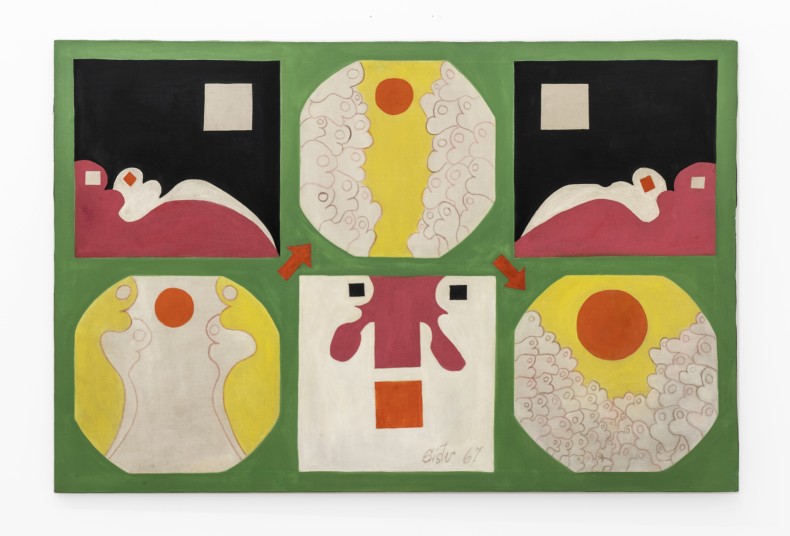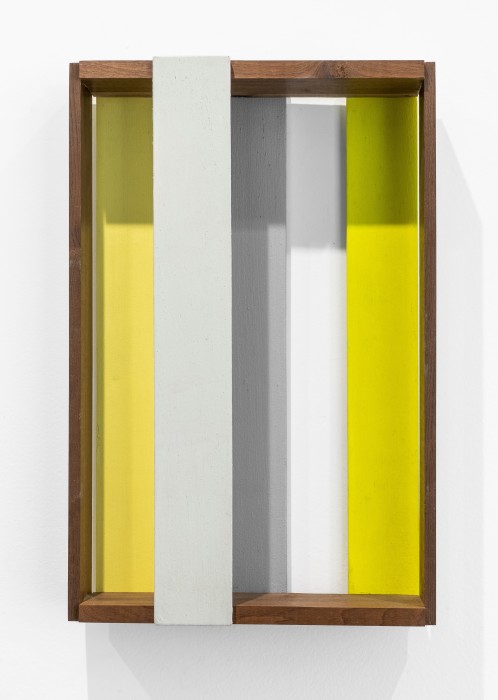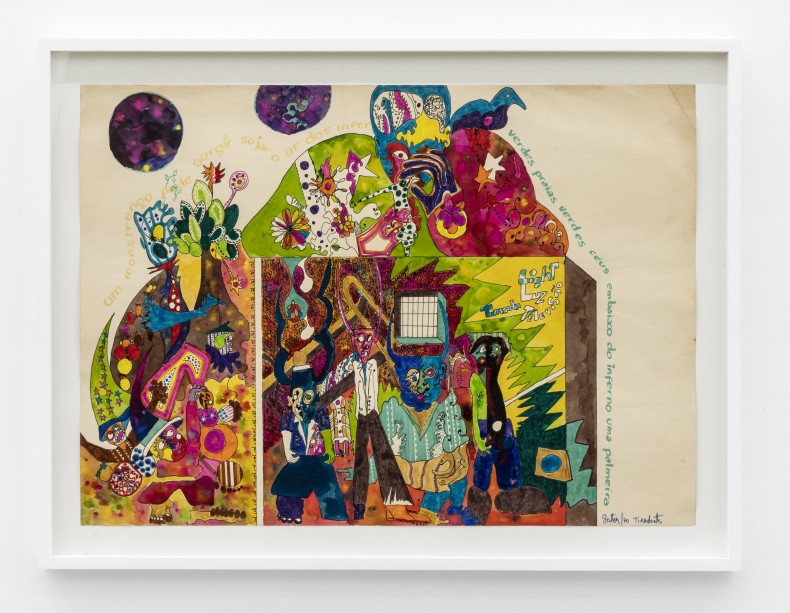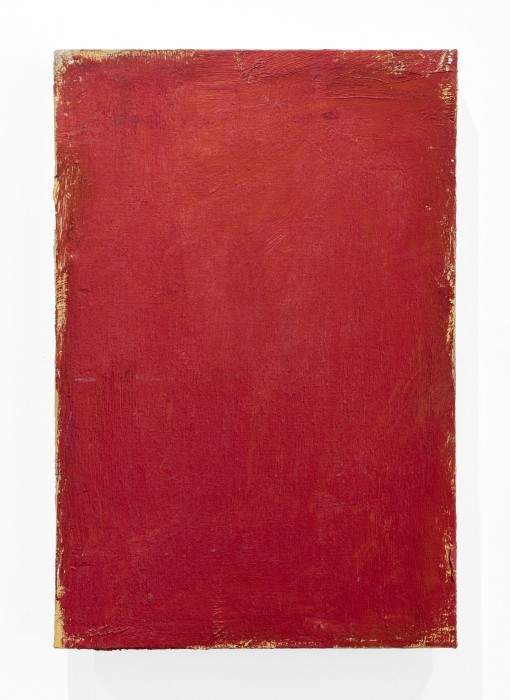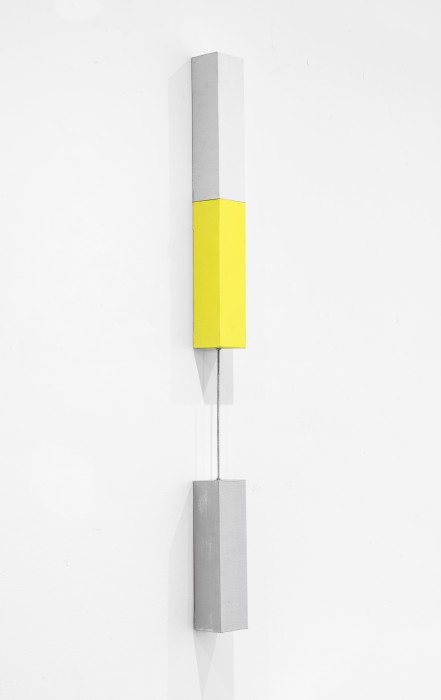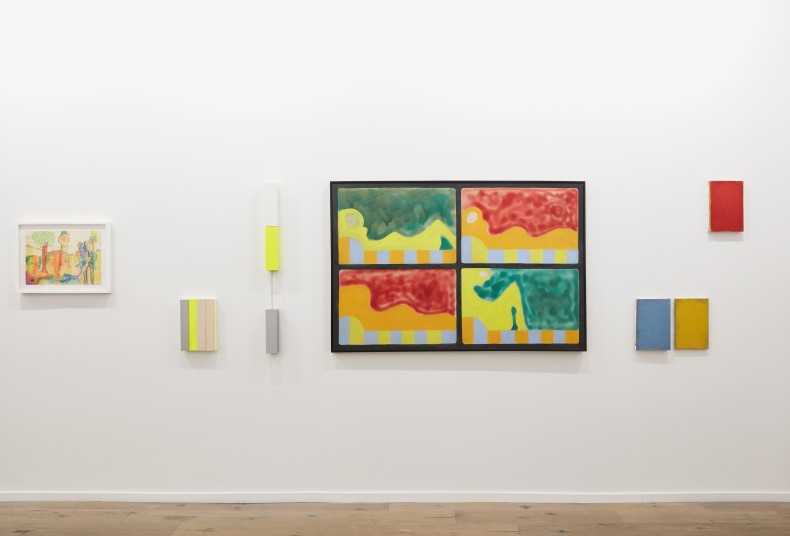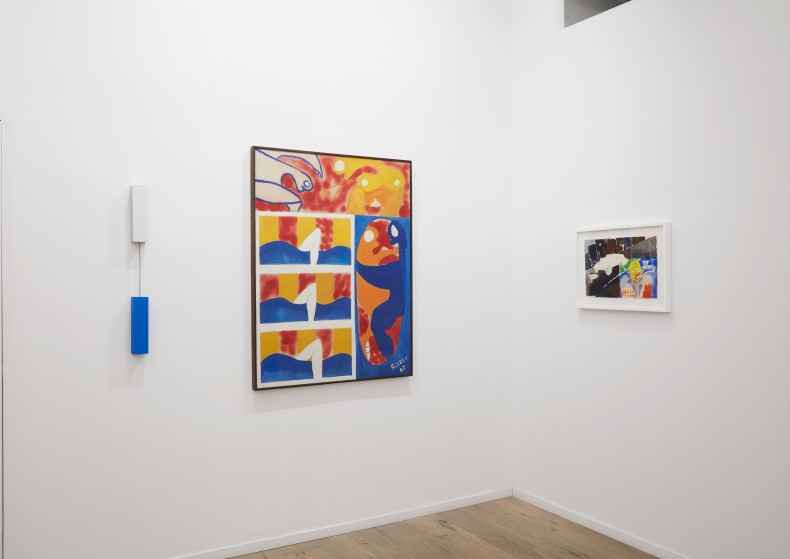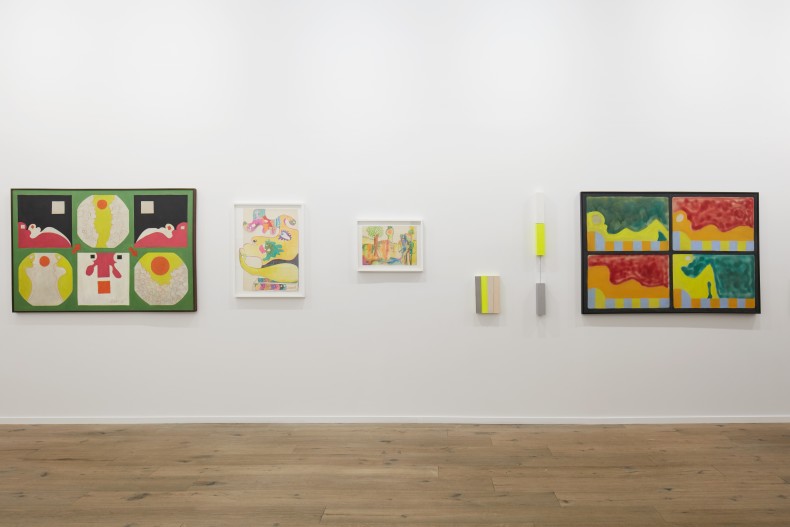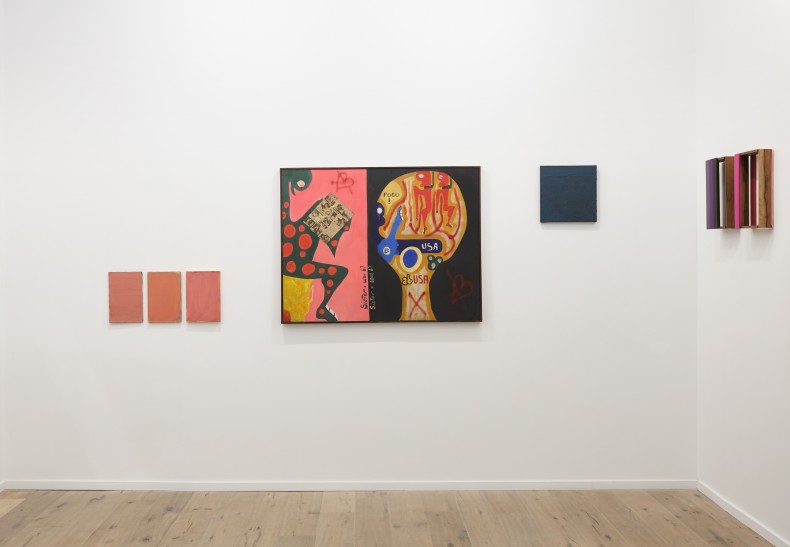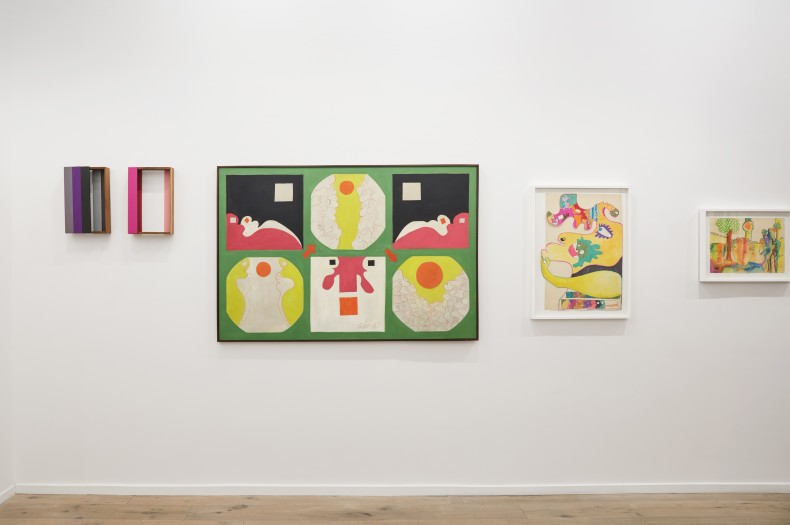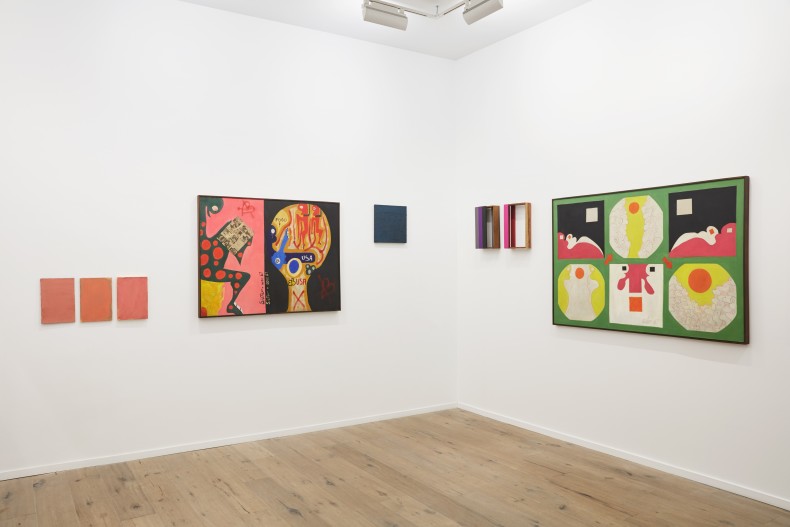Galeria Nara Roesler | New York is pleased to present Sérgio Sister – Then and Now, a solo show curated by Luis Pérez-Oramas - the first exhibition of an ongoing collaboration, which will initiate a programme of specially curated shows.
Sergio Sister –Then and Now presents a selection of paintings and drawings produced by the artist between 1967 and 1971, some of which were conceived while the artist was confined as a political prisoner during the military dictatorship in Brazil. This selection will be presented alongside a significant group of recent works, all abstract and monochromatic in nature.
Mostly known as an abstract painter and placed among the most rigorous and subtle artists in Brazil today, Sérgio Sister developed along the past decades a body of work that is characterized by its seriality. According to Perez-Oramas, Sister's masterfully achieved color-field structures "can arguably be considered among the most significant examples of late-modern monochromatic painting in Latin America. "
Sergio Sister’s early works, however, stem from a different vocabulary, which was common at that time. The broad internationalization of American Pop Art informed a decade –the 1960s, known for its transforming political events throughout the globe. In Brazil, several artists utilized Pop Art as a language to reflect on tensions triggered by the authoritarian military regime during that period. Sister, as many of his artistic peers, utilized pop art’s potential in the form of irony or straight-forward humour as an outlet for social and political issues. The artist's production in prison can be seen as a means of resistance, a way of recovering his own identity. In the curator's words, these works symbolize "a struggle for life and the grounding axes for hope: a form of survival".
Sergio Sister's career re-started a decade after these dark years, around the end of the 1980's, drastically changing his practice. After a period of experimentation with various media and techniques, his mature production began with a landmark series of dark, almost black, monochromes. In these works, the evenly colored surfaces of the canvases are defined by a subtle variation of textural brushstrokes, resulting in the production of richly "tonal" surfaces. Since then, the artist has been expanding this research whilst producing paintings on canvas, on paper and creating tri-dimensional objects which echo his pictorial achievements.
A careful look at Sister's early drawings and paintings surprisingly reveals that their compositional structures anticipate the essential, basic framing configurations of Sister's recent work: similar color games, comparable monochromatic grounding, structural, repetitive configurations that are the very constituents of Sister's signature production. The juxtaposition of these two singular groups of works shows foundational formal continuities in an admirably consistent artist ultimately revealing the truth of his painting, in spite of stylistical variations.
